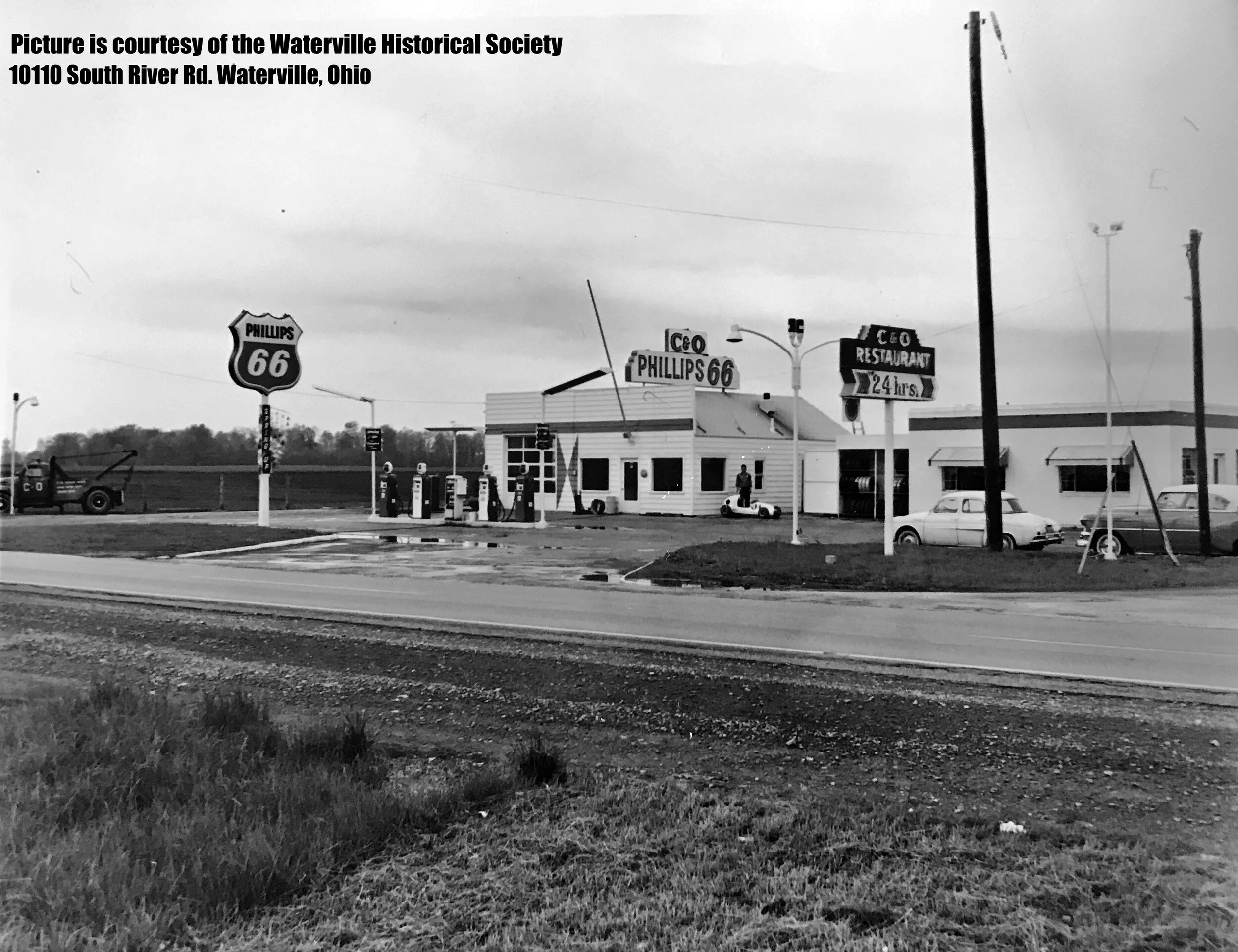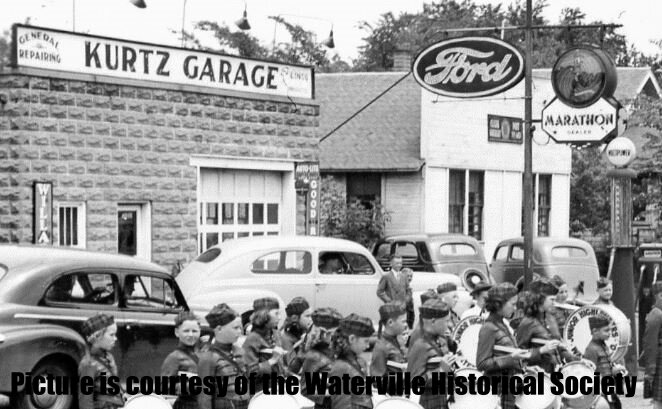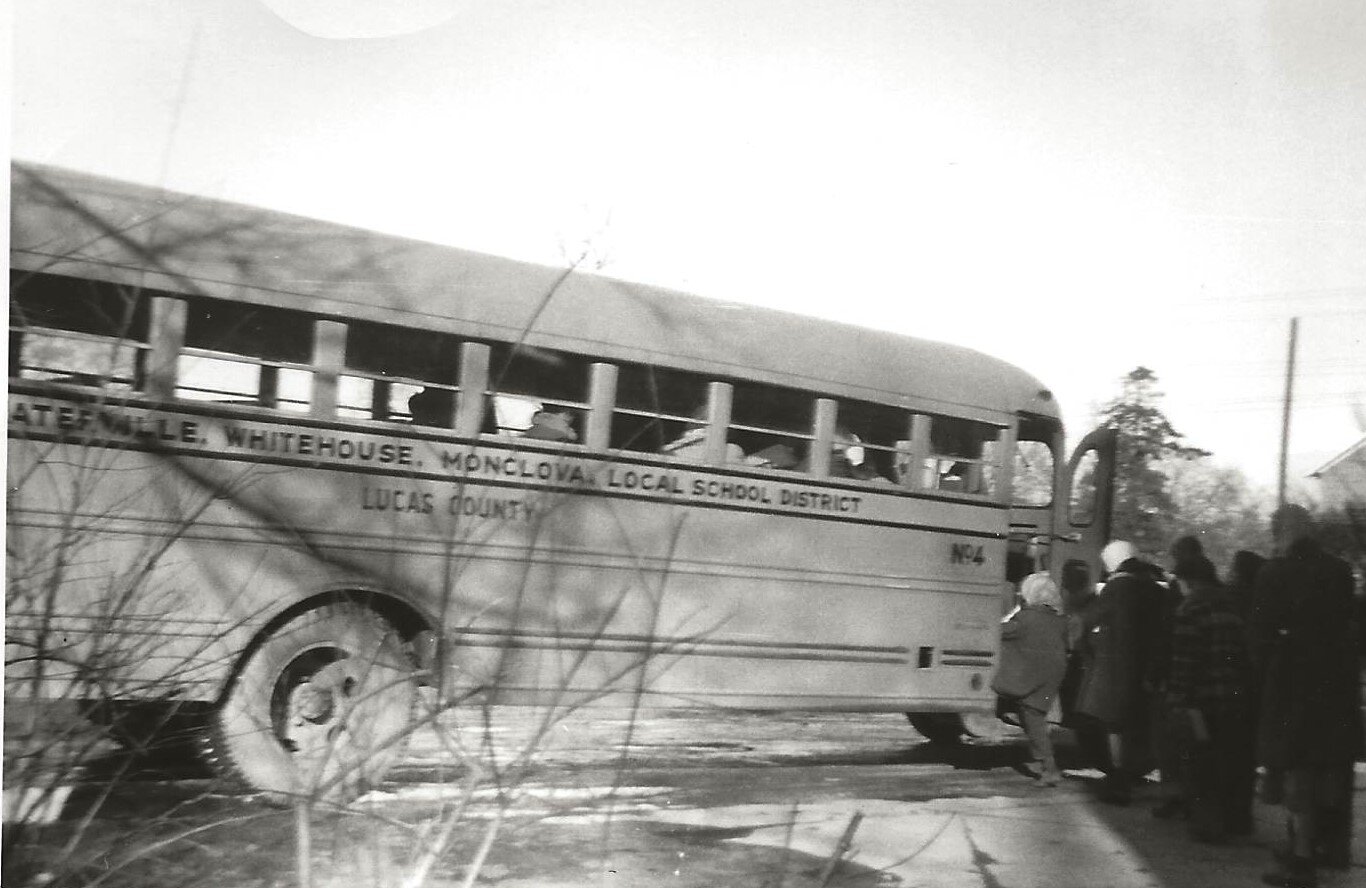IS IT BUTTER OR MARGARINE IN WATERVILLE, OHIO?
One of Waterville’s short lived and little-known businesses was the Waterville Butter Co. The company was located at 913 Farnsworth Road. Waterville Township assessment records show that in 1910, the building was owned by the Waterville Elgin Butter Co., was valued at $2350, and the land at $140. The last book of minutes for the butter company was owned by Midge Bucher Campbell, of Waterville who was a well known Waterville historian. Her grandfather, John Findlay Torrence Isham, was the secretary. The book shows in 1912, the newly elected officers were Peter P. Suter, President, Fred Dose, Vice President, William Haskins, Treasurer, and Mr. Isham, Secretary.
Stockholders were Fred Dose, John Walbolt, James Lytle, Lewis Fausz, John Pfeifer, C.W. Isham, David Studer, Joseph M. Noward, William Lahr, Joe S. Barnes, Henry Miller, Theron Disher, Lewis Ammon, Will Haskins, Peter P. Suter, George D. Heller, and Martin Woodling. John Disher was a wagon driver, collecting milk from surrounding farms for the creamery. Although no one recalls that the creamery ever made ice cream, there are entries for sugar purchased from J. W. Rupp - Sugar for $12.55; from Ostrander - Sugar for $22.76, 6 barrels of salt from the Colonial Salt Co. for $8.88, and bills for vanilla. J.W. Rupp was Herman Rupp’s father, and owner of the Rupp Canal Store.
The old butter company had its business struggles, and in 1912 the business was not predictable. At one time, the directors were exploring the Chicago market as an outlet for their butter, however this never materialized. In 1912, the directors were even trying to find a buyer for the business, due to several entries in the secretary’s book labeled “loss shortage,” one for a sizeable $114.52. They had to hold special meetings several times, to find the money in order to pay the bills. The building had a 7 per cent mortgage at the time. Some of the authorized bills for payment were the telephone, with the high cost of $3 – the average cost of the telephone at that time was $1.65. Bills were paid to the Citizens Telephone Co., which was on Mechanic Street, upstairs over the post office.
Eventually the stockholders followed the recommendations of the board of directors and dissolved the company. They had no buyers for the business. On June 24, 1916, the short-lived Waterville Butter Co. ceased to exist, but this is not the end of the history of the building that Waterville Butter Co. occupied. The building was sold to Albert and Addie Shertzer, and their son, Lee started a garage. In 1933, the Shertzer Garage was listed as Sunoco Gas and Oil Station. If you looked closely in 1978 you could still make out the letters “Shertzer’s Garage,” and underneath that, faintly, the “Waterville Butter Co.” The Shertzer’s were the grandparents of Waterville residents Carolyn Heringshaw and Harriet Metcalf.
The Shertzers built an addition to the east side of the building in the early 1920’s. The office for the Ohio Electric Interurban Railway (Lima-Toledo Railroad) was moved across Farnsworth Rd. to the new addition from the Waterville Machine Co. building. Addie Shertzer operated the ticket office until the Electric Interurban Railway was abandoned on November 19, 1937. Addie died on April 16, 1955 and Albert Shertzer died August 17, 1955.
In December of 1978, Robert Rimer who was president of the Rimer Enterprises of Waterville, then owner of the property, won city council approval for a special use permit allowing him to make three apartments out of the old Waterville Butter building. During the process of renovation the stables used at one time for horses and wagons, were torn out of the garage. There was still an “inside outhouse” toward the rear of the garage. At the time of this article in 2021, the old Waterville Butter Co. building is still three apartments. If anybody was any pictures or information about the Waterville Butter Co. the Wakeman Archival Center would like to see it.











































